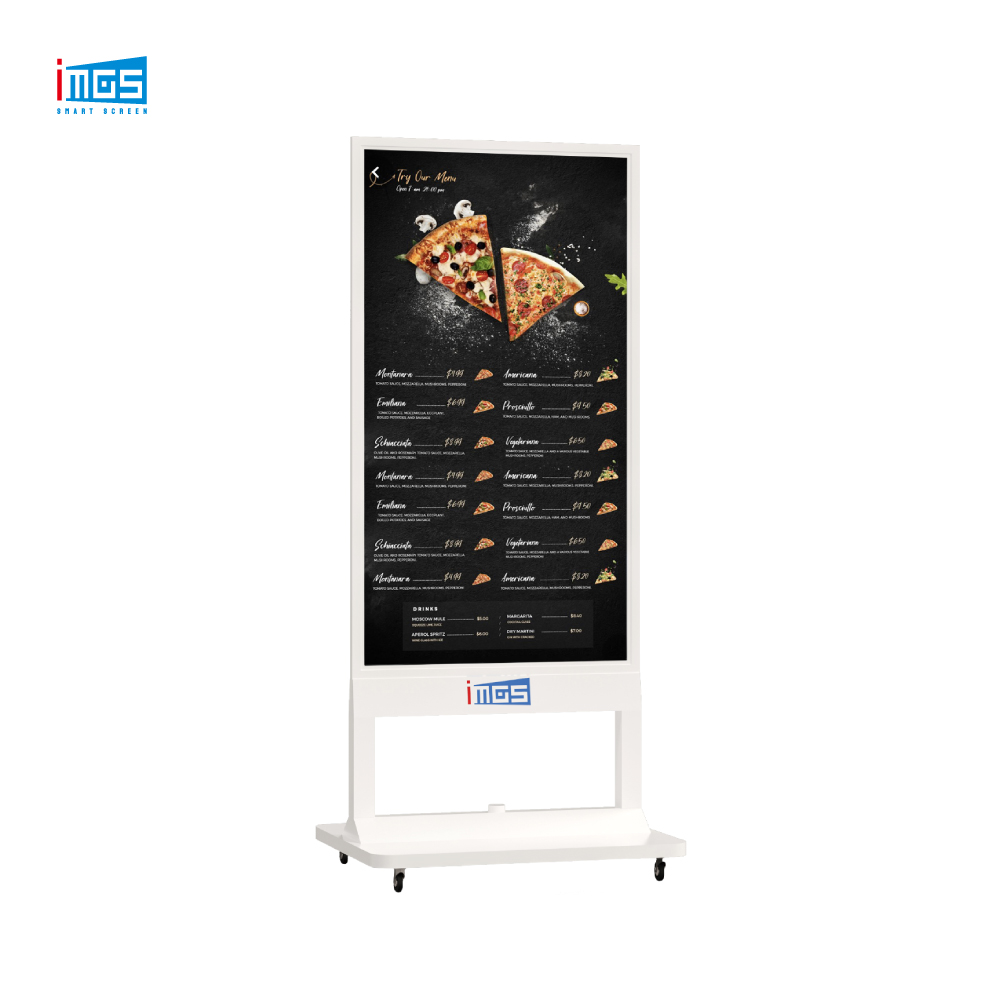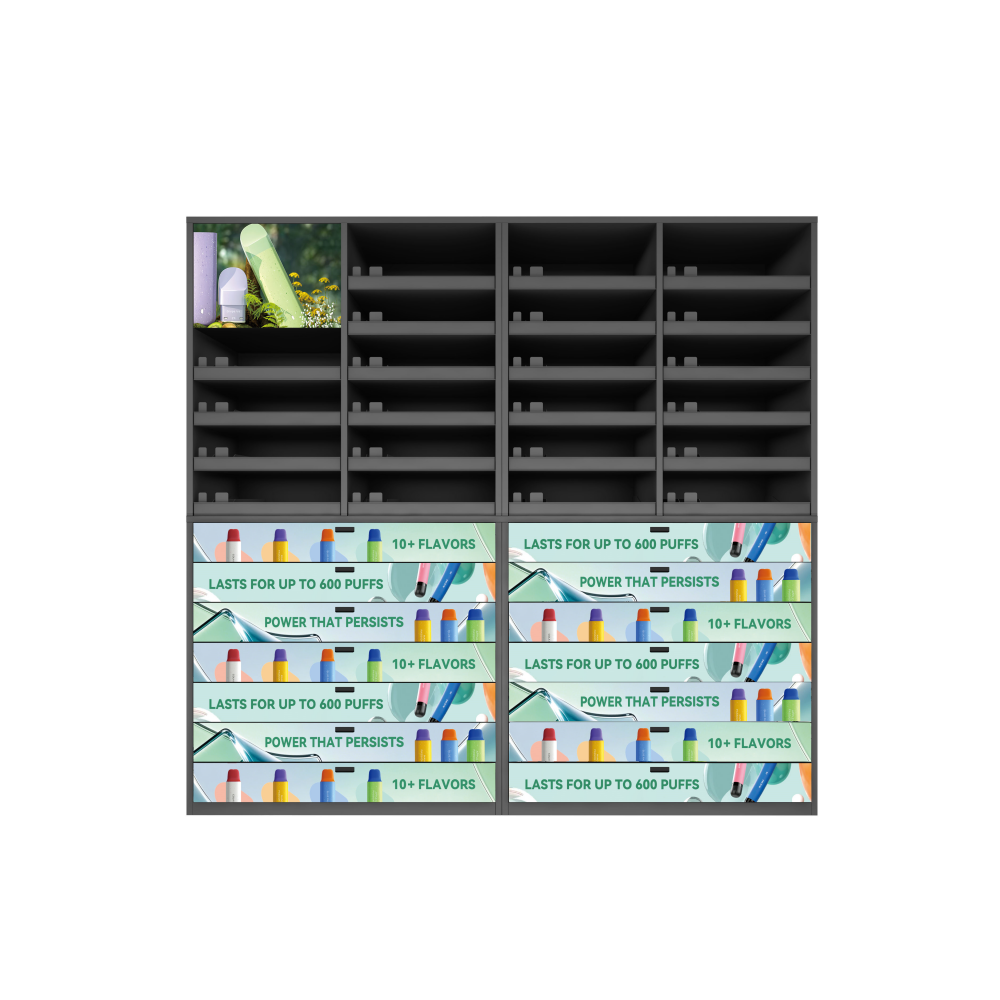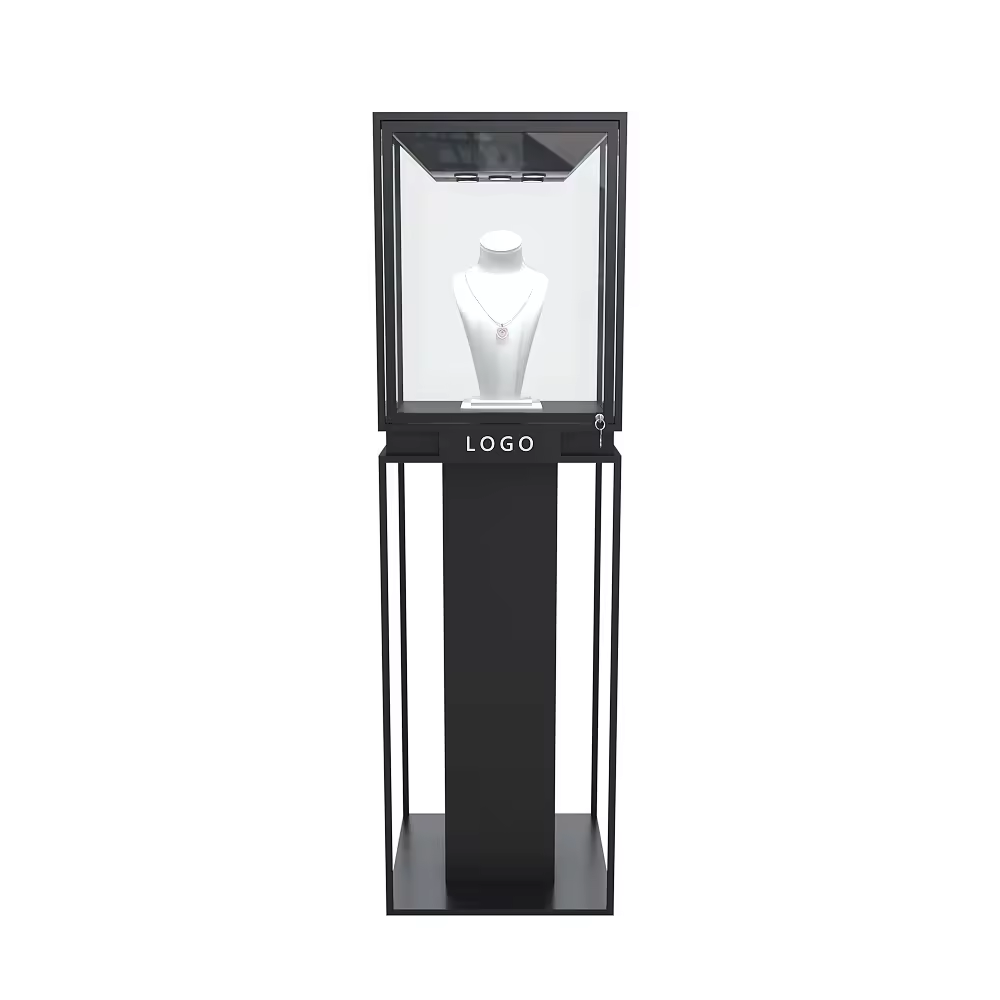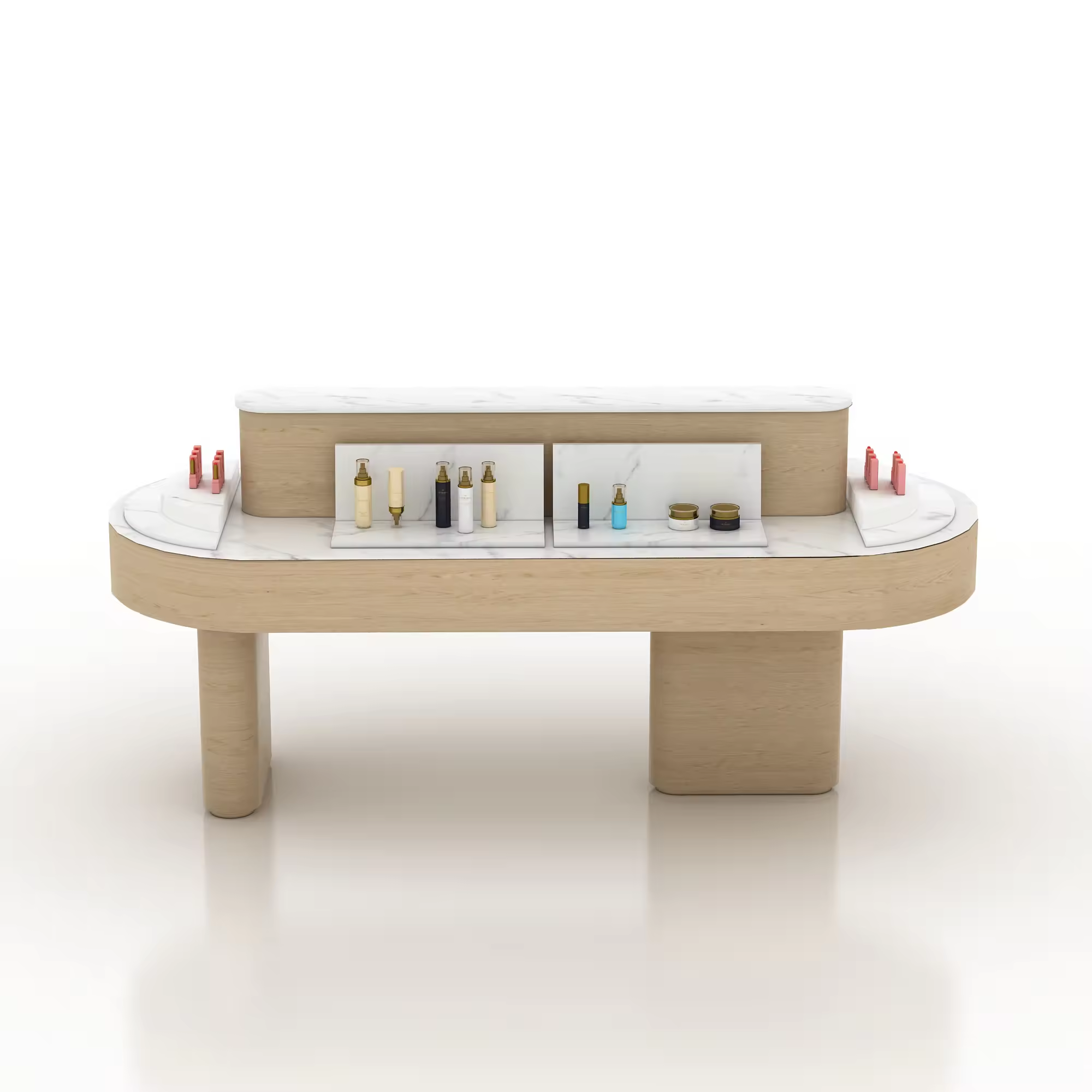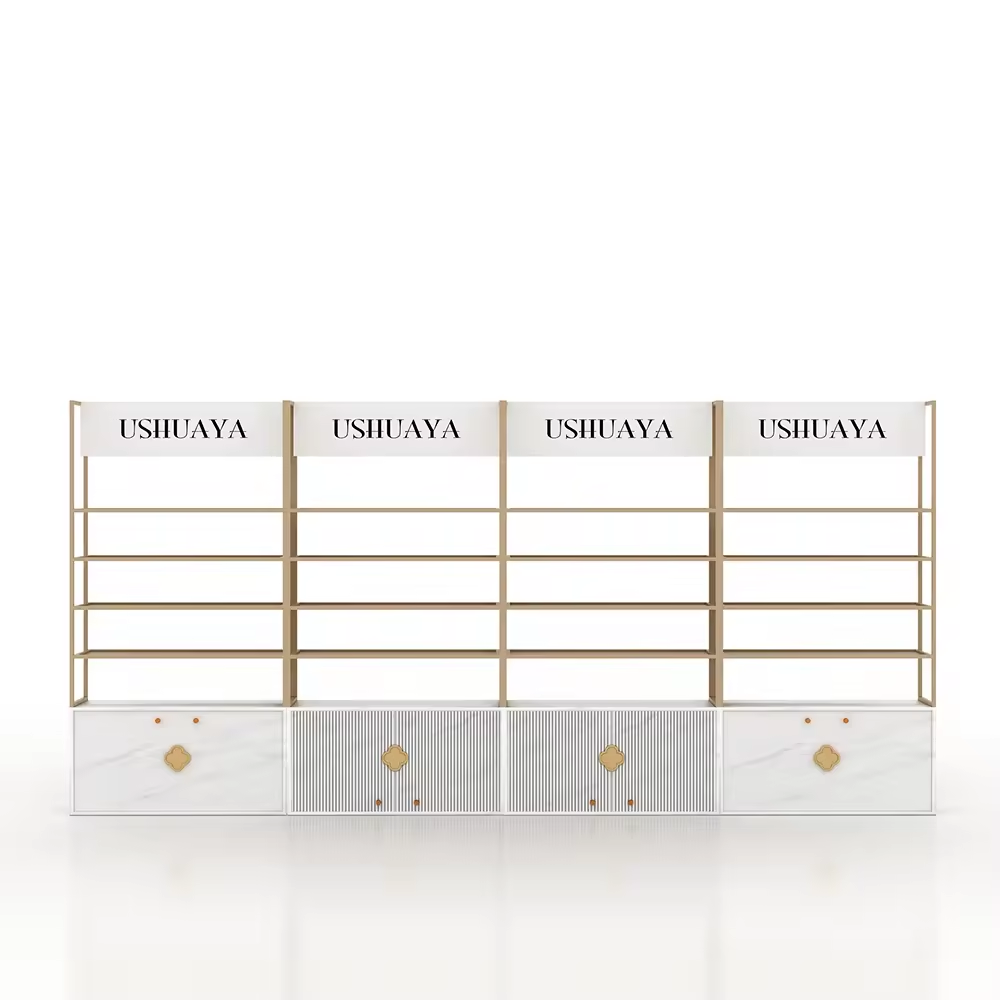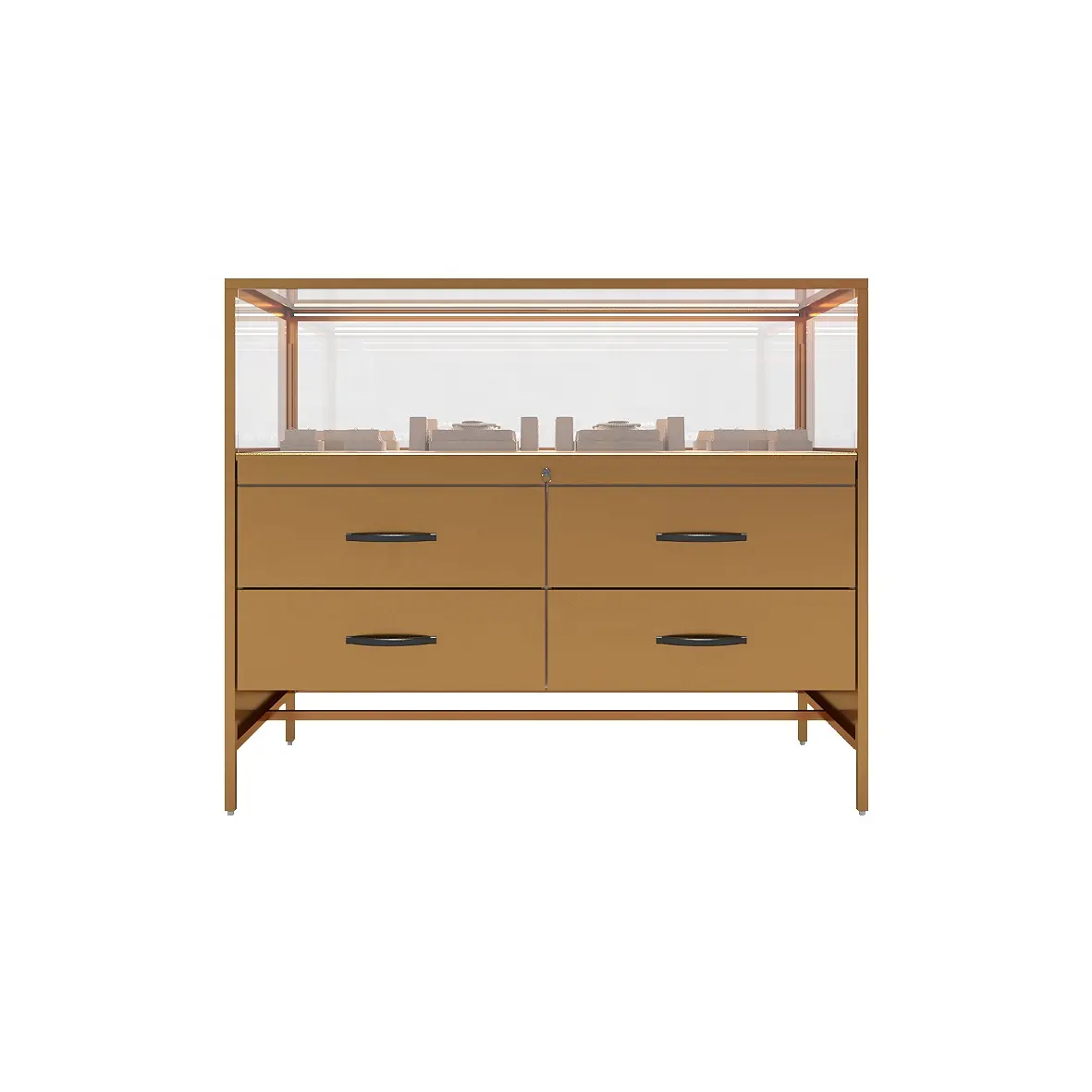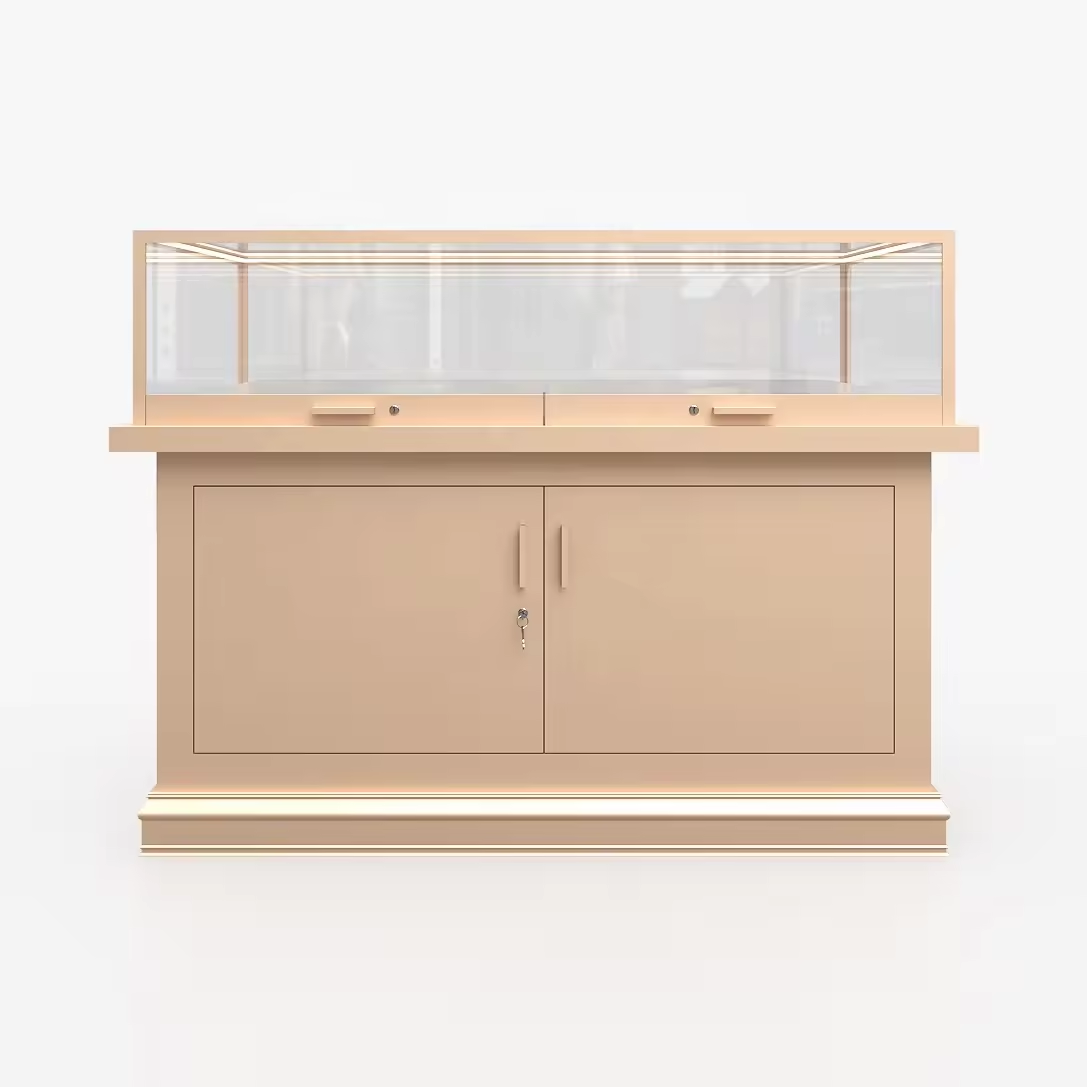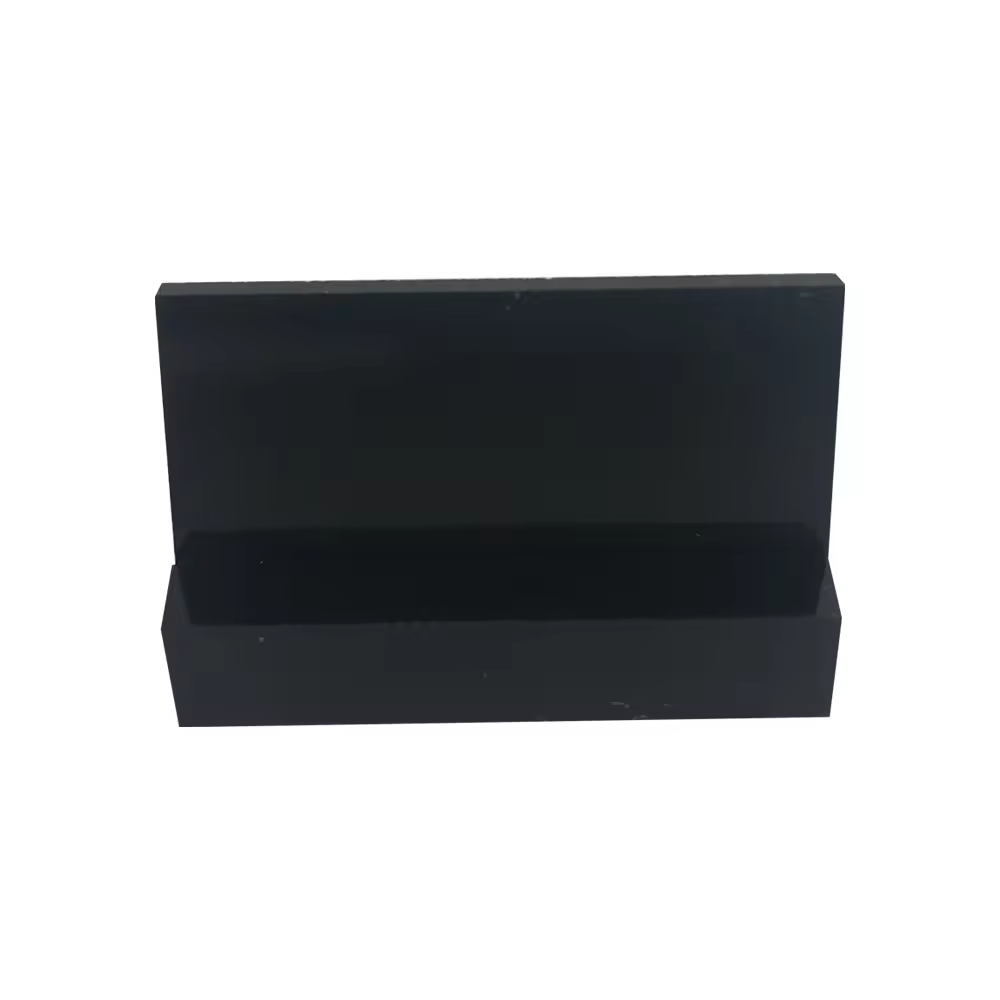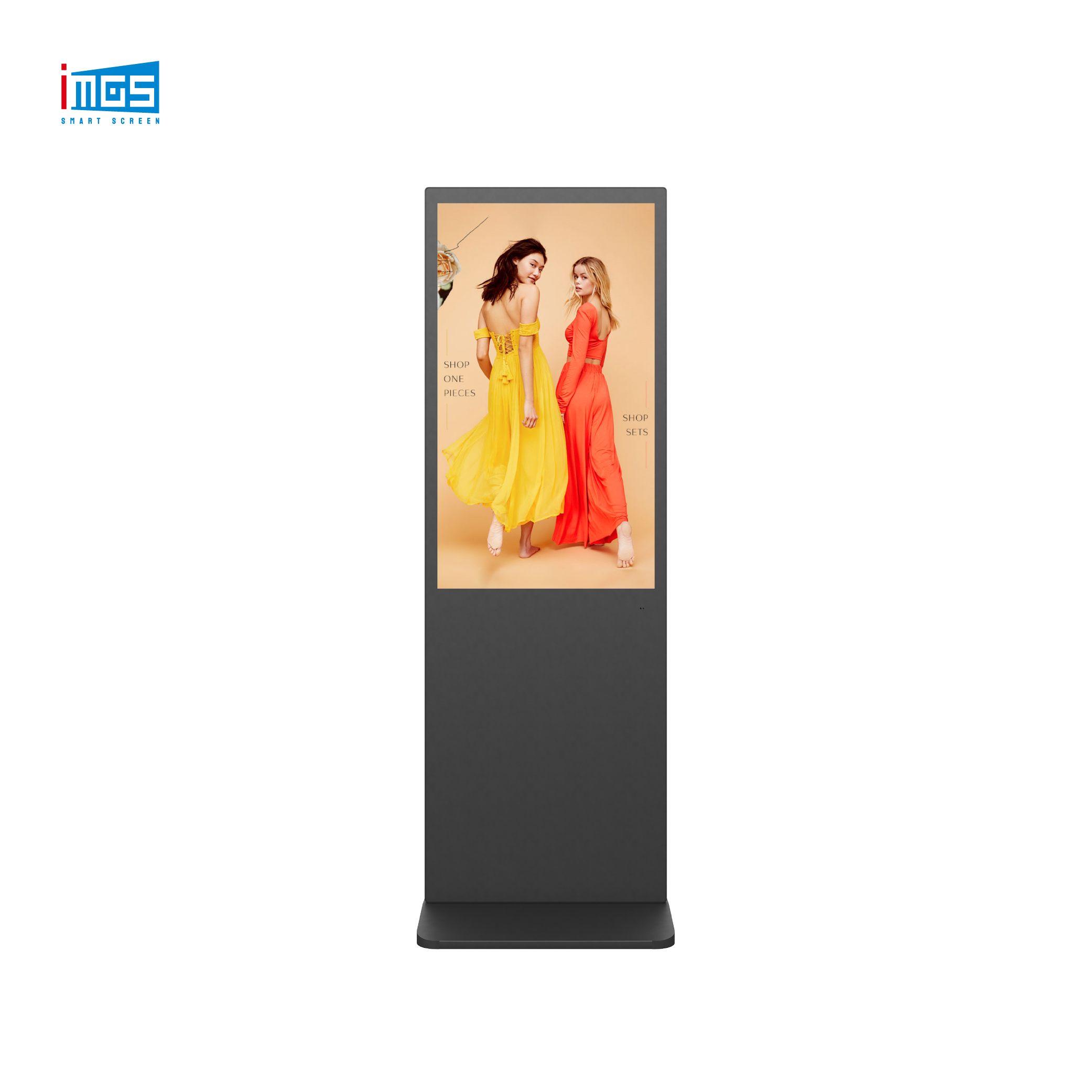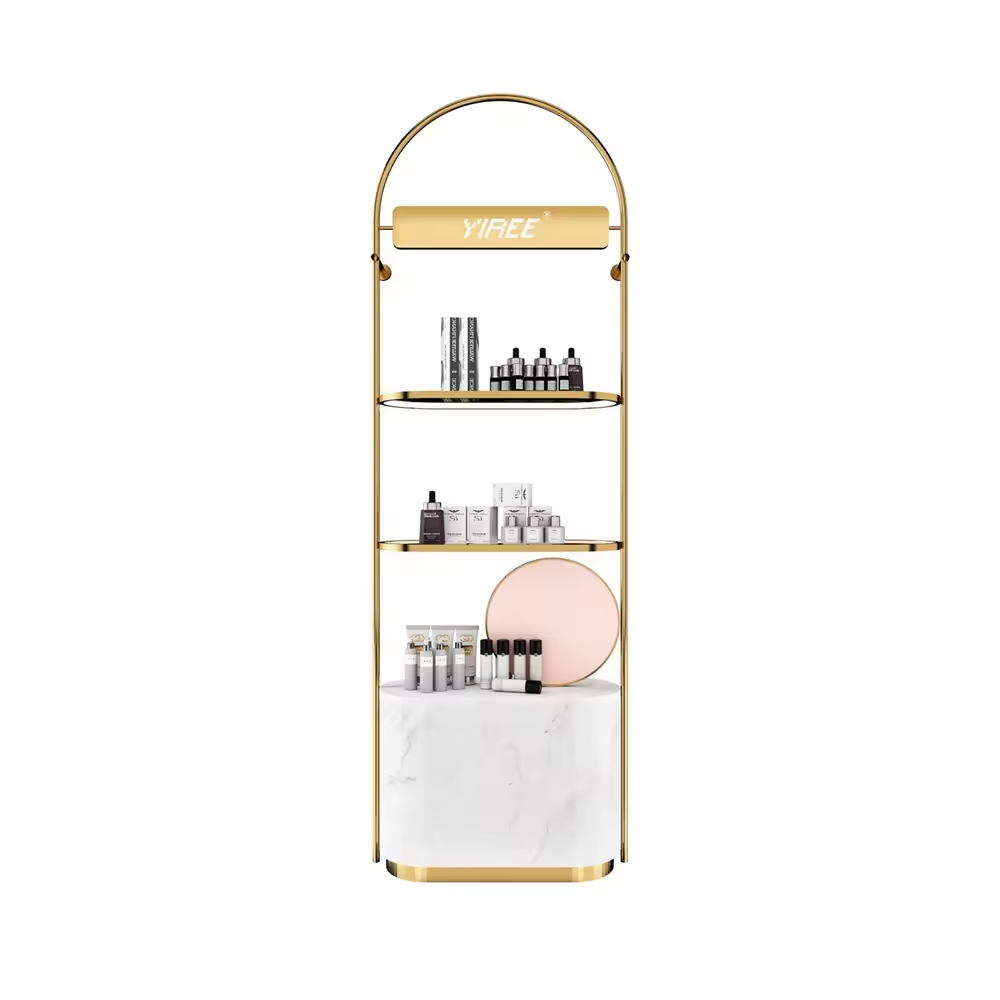Good design in commercial spaces needs to be supported by suitable materials. Whether it is façade modelling, spatial design or structural design, the characteristics of the material need to be considered.
Throughout the development of materials for architectural space, on the one hand, there is a move towards higher strength so that the structure can be more heavenly.
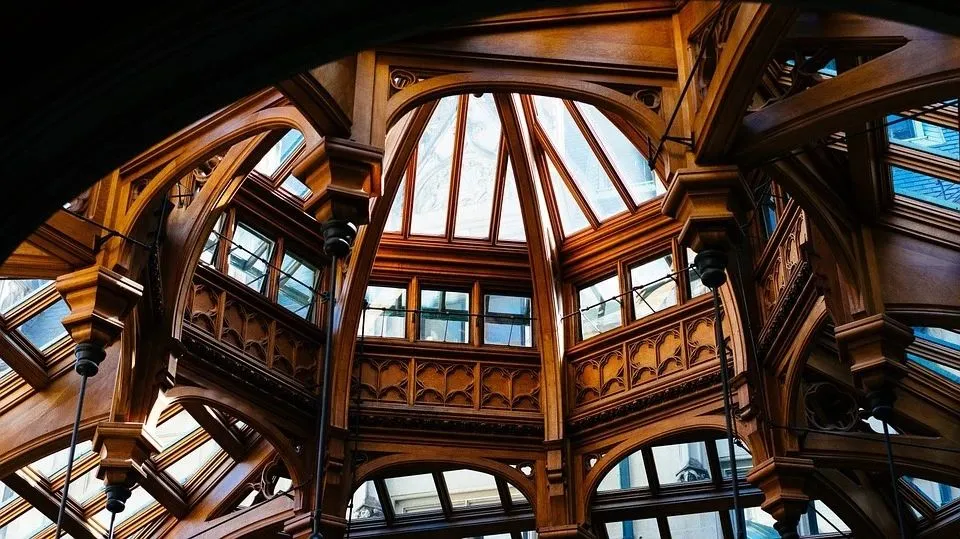
On the other hand, designers are exuding the intrinsic nature of materials, making them a design language beyond colour, structure and light. Steel, concrete, aluminium, glass, wood, etc., the combination and balance of these materials can bring about subtle changes in the texture of the space, like a painter's palette, thus creating a very different style of spatial context.
People in the space of different materials, the perceived emotions and experiences are different, the material changes, will bring people emotional ups and downs.
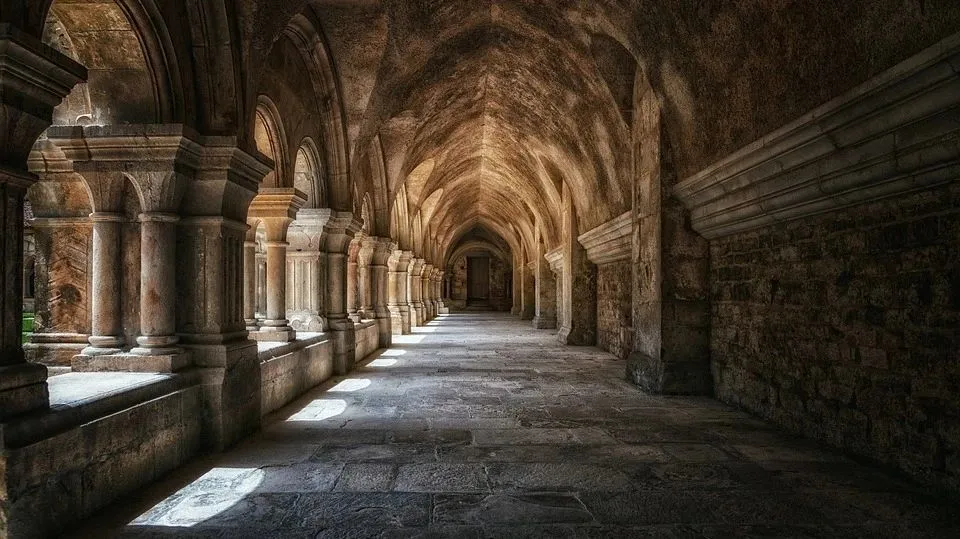
How is it that materials, in particular, can affect different emotional perceptions? This is because materials are themselves endowed with certain properties before they enter a space.
For example, the calmness and order of brick, the coarseness and heaviness of stone, the simplicity and softness of wood, and the industrial flavour of reinforced concrete.
Just as colours contain a variety of emotions, the texture of different materials brings a different sense of touch. Based on the visual characteristics of the materials, the sensory experience is very different, which also gives rise to different styles of aesthetic space.
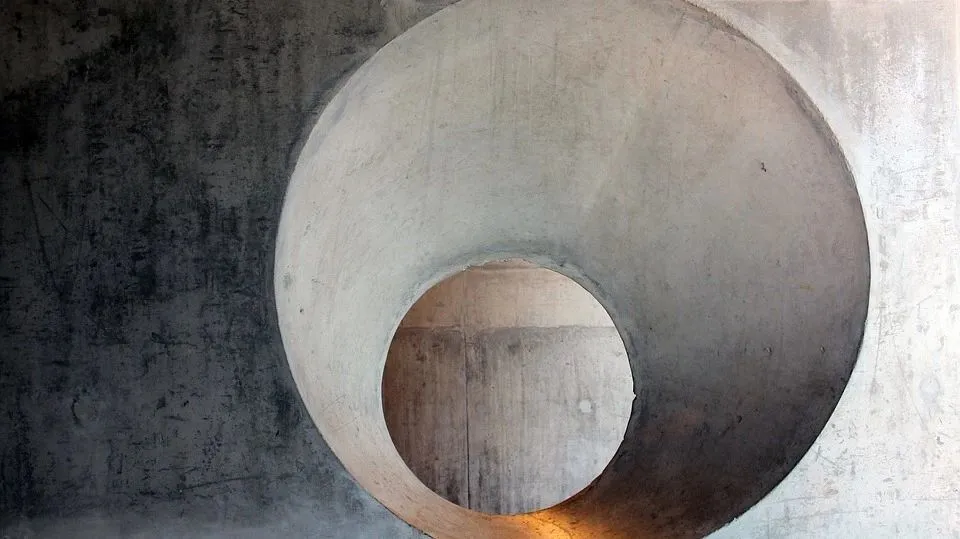
Ancient Chinese architecture can not be separated from the rendering of deep wood colours; concrete and red bricks piled up space, full of American coarse and wild; and metal and glass constructed environment, to create a kind of detached from the reality of space fantasy.
The materials are like a projection, through which the breath of the space can be captured. Nowadays, concrete and steel seem to be the first choice of spatial material, which itself has become a figurative feature of urbanisation.
However, in the fast-paced urban life, being in the urban forest made of reinforced concrete for a long time will invariably give people a depressing and cold sense of alienation.
At a time when ‘healing’ is emphasised, people are more eager to find a balance between coldness and nature, and to slow down the pace.
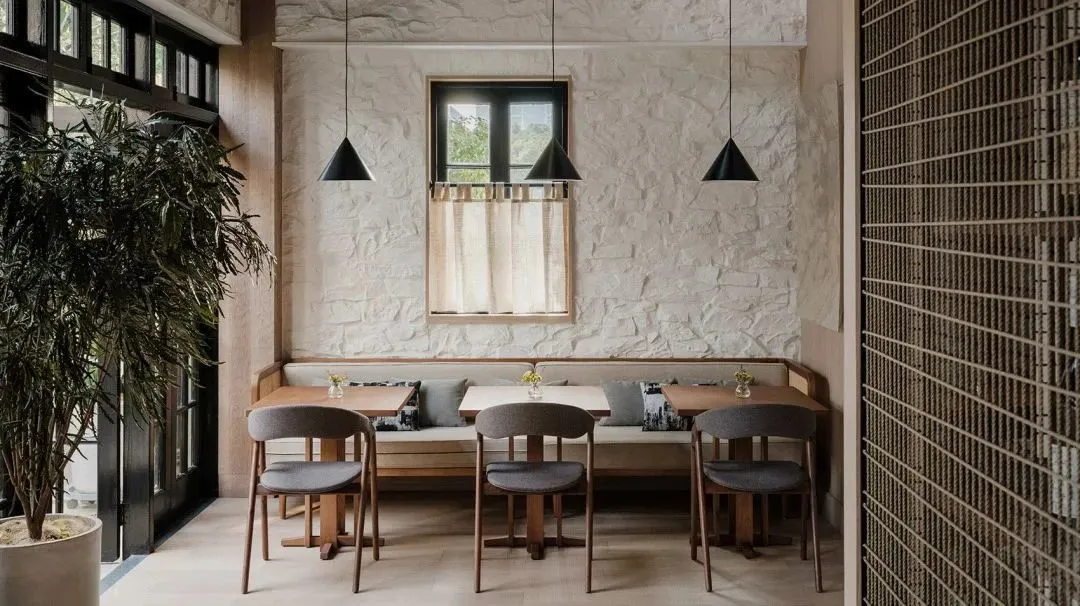
As a result, wood, another building material derived from nature, has returned to people's view.
In commercial scenes, it is often used to harmonise people's emotions and break the cold and hard spatial interface through its simple and peaceful texture.

